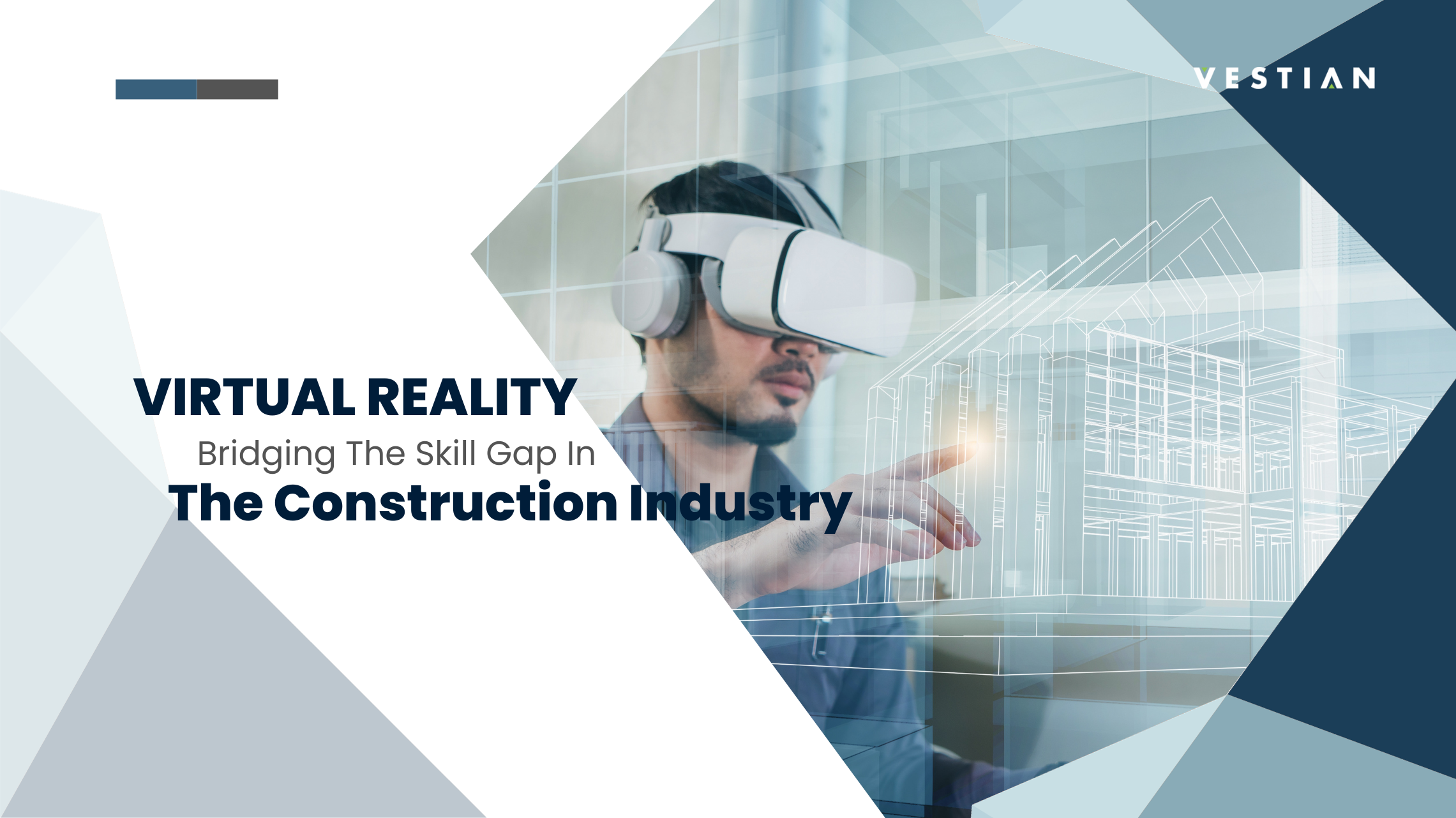That there is a skill shortage in the real estate sector is not something new. Add to it that it is one of the larger employers in the country, and one is staring at a bleak picture. This is where technology steps in, in a bid to bridge the gap.
What is theoretically taught and practised on site, between them lies a huge chasm; and while one is expected to pick up the nuances on the job, this whole process can be sped up with use of virtual trainings, simulations, and such. Not uncommon in industries like aerospace, defence, time for technology to be leveraged in day-to-day operations; and it is evidently possible with low entry barriers and huger receptiveness from industry and academia alike.
Here we look at how Virtual Reality(VR) is reinventing learning.
Traditionally in construction industry, training has been characterized by on-site experiences, exposing workers to real-world challenges, providing practical skills and knowledge. However, this approach often comes with inherent risks, high costs and limited scalability.
This is where Virtual Reality(VR) trainings have emerged as a game-changer in addressing the industry's skill gap. By simulating real-world construction scenarios in a controlled virtual environment, these trainings offer a safe and cost-effective alternative to traditional methods. Infact recent studies indicate that VR experiences can enhance learning retention rate, allowing workers to grasp complex concepts more efficiently. They also serve as a cost-effective skill development tool. The cost of traditional training methods, including travel expenses, material costs, and potential downtime on construction sites, can be minimised with virtual reality tools, that not only provide cost-effectiveness, but also scalability. Recent statistics show that companies investing in immersive training for their construction workforce experience significant savings in both time and expenses when compared to traditional training programs.
Leading construction companies like Bechtel and Caterpillar employ Virtual Reality (VR) training to enhance safety and skills. Bechtel focuses on crane operators, using VR simulations for realistic, risk-free practice. Caterpillar employs Operator Training Simulators, offering a virtual environment for operators to refine their machinery skills. Mortenson, a major construction firm, implemented VR simulations for crane operator training. By immersing operators in realistic scenarios, Mortenson achieved a 35% reduction in accidents and a 20% increase in overall efficiency.
Another example is the collaboration between the International Union of Operating Engineers (IUOE) and Serious Labs. They developed VR training modules for heavy equipment operators, resulting in a 25% improvement in training efficiency and a 30% reduction in training costs.
However, despite its promising benefits, VR training in the construction industry has its own challenges, which is why it should be factored in at a strategic level so that it can be seamlessly integrated into existing learning and development programs.
These trainings are undeniably equipping the construction industry to bridge the skill gap, enhancing safety measures, and providing a cost-effective alternative to traditional training methods, they are revolutionizing the way construction professionals acquire and refine their skillset.
